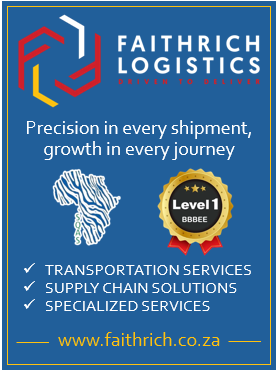Sales figures often steal the spotlight, dominating headlines and driving strategic decisions. But what if the most valuable insights for your business are quietly hidden within your supply chain data? This often-overlooked goldmine can offer far more than just daily operational dashboards and monthly reports.
Your supply chain data holds immense potential. It can accurately forecast demand, optimize warehouse slotting, streamline bulk stock retrieval and provide crucial feedback on the cost impact of buyer and planner decisions. Unlocking these insights can drive significant improvements across your entire supply chain.
 photo courtesy of Freepik.com
photo courtesy of Freepik.com
Data reveals the true story
By meticulously analyzing your data, you can pinpoint whether changes in your operations were intentional, strategic shifts or gradual, unintended drifts. This deep dive helps you understand precisely how your current business processes are impacting your warehouse efficiency and space utilization. Imagine knowing exactly how a subtle change in your procurement strategy affects the picking path in your warehouse!
Realign for maximum efficiency
Realignment of your business and warehouse processes can significantly extend the lifespan of your existing facilities, deferring costly expansions. More importantly, this realignment can drastically reduce your overall supply chain costs. The most impactful, cost-saving solutions often begin with the data you already possess. Don't let perceived capacity constraints dictate your next big move. Instead, leverage your data to optimize your current warehouse operations and ensure your business strategy and warehouse design are perfectly synchronized.
Data removes the guesswork and emotion
Are you frequently caught in emotional discussions with your buying and planning teams regarding supply chain costs? There's constant pressure to reduce these costs, yet it can be challenging to demonstrate how buying and allocation actions directly drive them. While you might not have all the data for exact costing, you can use your existing data to compare product lines or facilities to highlight inefficiencies in processes outside of the direct supply chain. This data-driven approach replaces conjecture with facts, fostering more productive conversations and leading to tangible improvements.
Data Can Predict the Future: Proactive Optimization
Imagine having a crystal ball for your supply chain. By leveraging your historical data, you can achieve something remarkably close: predicting the future of your operations. This isn't about perfect foresight, but about gaining a significant advantage.
Your historical supply chain data is a treasure trove, enabling you to forecast future supply chain actions and labour requirements. What if you could predict tomorrow's online order volume with a reasonable degree of accuracy? Knowing tomorrow's demand could allow you to proactively adjust your bulk stock retrieval or picking processes for optimal efficiency. Could you implement more efficient slotting techniques or set up temporary picking bays?
Consider the potential for picking some of tomorrow's demand with today's orders if it presents substantial savings. Conversely, is there a significant benefit to picking some of today's orders tomorrow, especially for less urgent shipments?
Knowing tomorrow's expected transport demand at your various locations could revolutionize your logistics. Imagine dispatching vehicles tomorrow with substantial savings because you've pre-empted demand. Many online customers are willing to wait a little longer for their product when shipping is free. This insight isn't just for managing transportation; it opens up significant opportunities for process optimization within your warehouses. A delay of a few hours or even a day can allow for more efficient batching, consolidation, and route planning.
Your predictions may not be 100% accurate, but even a 60% improvement in efficiency is a game-changer. Would you disregard such a substantial advantage? Harness the power of your data to move from reactive problem-solving to proactive, data-driven optimization.

by: Hennie Serdyn, RhinoLogic Solutions







